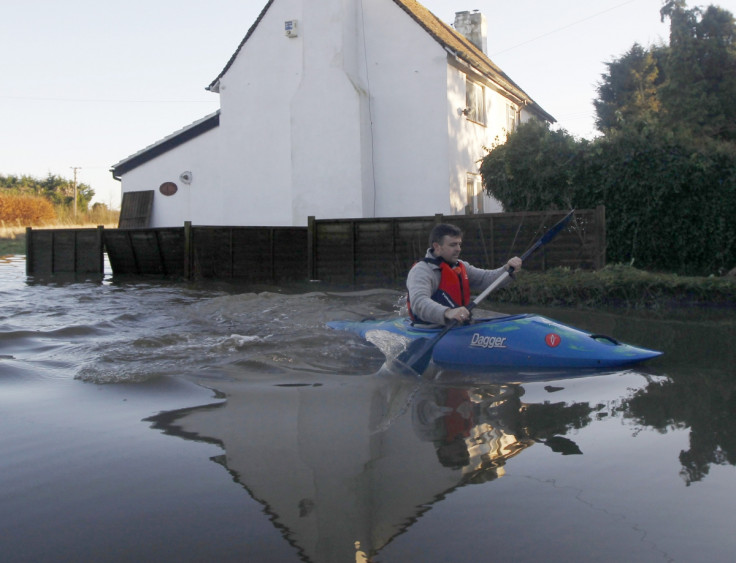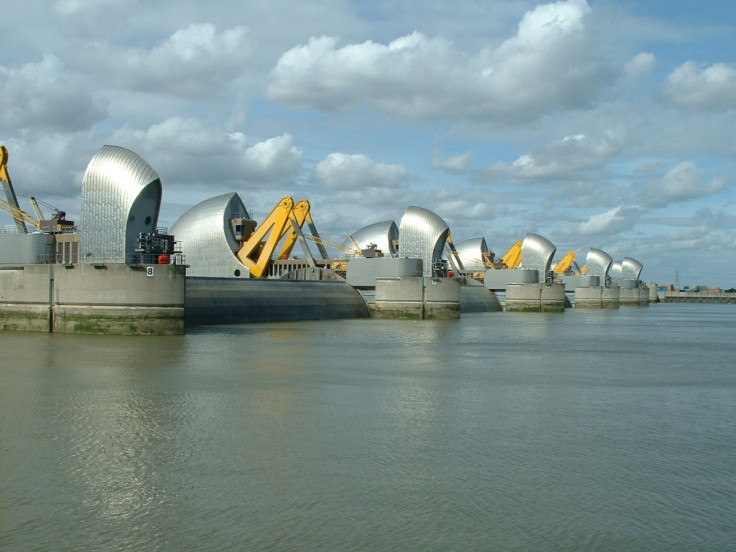What Could The UK Do to Prevent More Floods? [VIDEO]

With parts of south-west Britain underwater and insurers bracing themselves for record-breaking damage claims, many people blame the UK government's Environment Agency for not doing enough to keep back the flood waters.
Glastonbury Festival organiser Michael Eavis says the scrapping of dredging equipment is to blame; others claim a lack of investment in flood-control, which has left the country's coastal areas vulnerable to high tides and bad weather.
Although climate experts are divided on whether global warming is to blame, it seems Britain can expect many more such events in the future – so what can be done to lessen their impact on communities?
As rivers flow, they deposit debris which builds up over time and can lead to flooding. By dredging the river – clearing the debris – the river flows quicker but the Environment Agency says dredging alone cannot prevent flooding, sometimes makes things worse and is often harmful to the environment.

Flood barriers such as the Thames Barrier in London can be constructed but these are extremely costly and often unsightly, and natural solutions to the risk of flooding are often preferred – such as creating drainage systems, cutting notches into embankments and planting more trees.
Flooding is having a greater impact partly due to people building impermeable concrete drives instead of gardens which would naturally absorb water. Water is channelled into the drains which quickly become inundated. Builders are now encouraged to design drainage systems to divert water away from drains and permeable materials are being used in some new driveways.
In the Netherlands, which has been seriously affected by flooding because much of the country lies below sea level, barriers, sensors and other hi-tech methods are used to divert water away from low-lying areas. In Venice the $7b "Moses" flood control system of huge floodgates became operational in 2013.
The king of all flood defence systems, though, is in Tokyo, Japan, a city built on marshland or reclaimed from the sea. Here, the government spent billions on giant underwater tanks that store the overflow from rivers and drains during the rainy season (for video, see below).

If environmental scientists are right, the world's sea levels are set to rise over the next century and even more radical solutions are in the pipeline, including building floating cities and abandoning low-lying regions and islands.
Finally, a sense of perspective might also be useful. Although there has been damage to livelihoods and homes, few lives have been lost in Britain as a result. Contrast this with flood zones in parts of the world such as Bangladesh and China, where severe flooding can kill thousands of people.
Step inside the giant flood tanks of Tokyo in the YouTube video below:
© Copyright IBTimes 2025. All rights reserved.






















